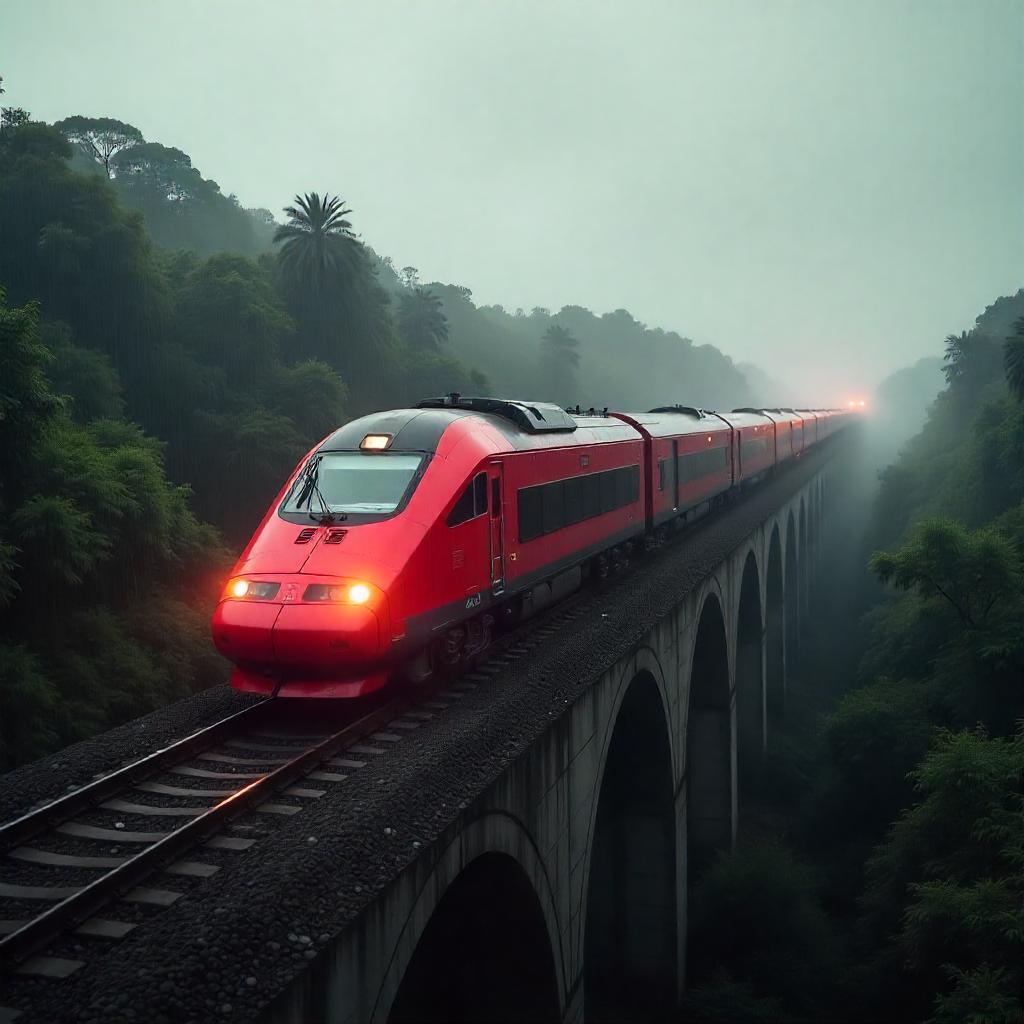Indian Railways is preparing for a major transformation with a focus on capacity expansion, cost reduction, and improved passenger experience, according to Union Railways Minister Ashwini Vaishnaw. In a recent interview, he revealed plans to introduce 1,000 new trains over the next five years and launch commercial operations of the bullet train by 2027.
Track Network Grows at Record Pace
India has added 35,000 km of railway tracks over the last 11 years—comparable to the entire railway network of Germany. In the past year alone, 5,300 km were added. India now manufactures 30,000 wagons and 1,500 locomotives annually, surpassing the total output of North America and Europe combined.
Investment Reaches Historic Highs
Investment in Indian Railways has seen a dramatic increase from ₹25,000 crore to ₹2.52 lakh crore, with an additional ₹20,000 crore from public-private partnerships (PPP). This financial boost is aimed at resolving key infrastructure bottlenecks related to capacity, technology, and funding.

Freight Efficiency and Environmental Benefits
Railways continue to prove a cost-effective and eco-friendly freight solution. According to Vaishnaw, freight transport via rail costs less than half per tonne-km compared to highways and is 95% more environment-friendly. Rail’s share in cargo handling has grown from 26% to 29% over the past decade, with the aim to reach 35% in the coming years.
Bullet Train Project Progress
The flagship bullet train project, developed with Japanese collaboration, is progressing steadily. The first prototype is expected to run in 2026, with commercial services to begin in 2027. Institutions like IIT Madras and IIT Roorkee are contributing to design and research, while many components—like 40-metre-long girders—are now made in India and even exported.
Passenger Services and Safety Upgrades
To enhance the travel experience, the government has added 2,000 general coaches over two years and introduced Amrit Bharat and Namo Bharat trains. Vaishnaw emphasized affordability, stating that Indian train fares are lower than those in Pakistan and Bangladesh.
In terms of safety, derailments have dropped from 170 to under 30 per year, and total rail accidents have reduced by 80% over the past decade. These improvements are the result of daily safety reviews and upgrades in tracks, signalling, and point systems.
No Plans for Full Privatisation
The minister ruled out full privatisation of Indian Railways, stressing the importance of a synchronised and integrated system. Learning from international models, India plans to follow countries like Japan and Switzerland, which focus on professional management and coordinated operations instead of fragmented private ownership.
A Global Vision for Indian Railways
Ashwini Vaishnaw concluded by saying that India has addressed its main bottlenecks and is now ready to build not only for its own needs but also emerge as a major player in global railway exports. The transformation plan aims to make Indian Railways a cost-efficient logistics backbone and a leader in rail manufacturing worldwide.
